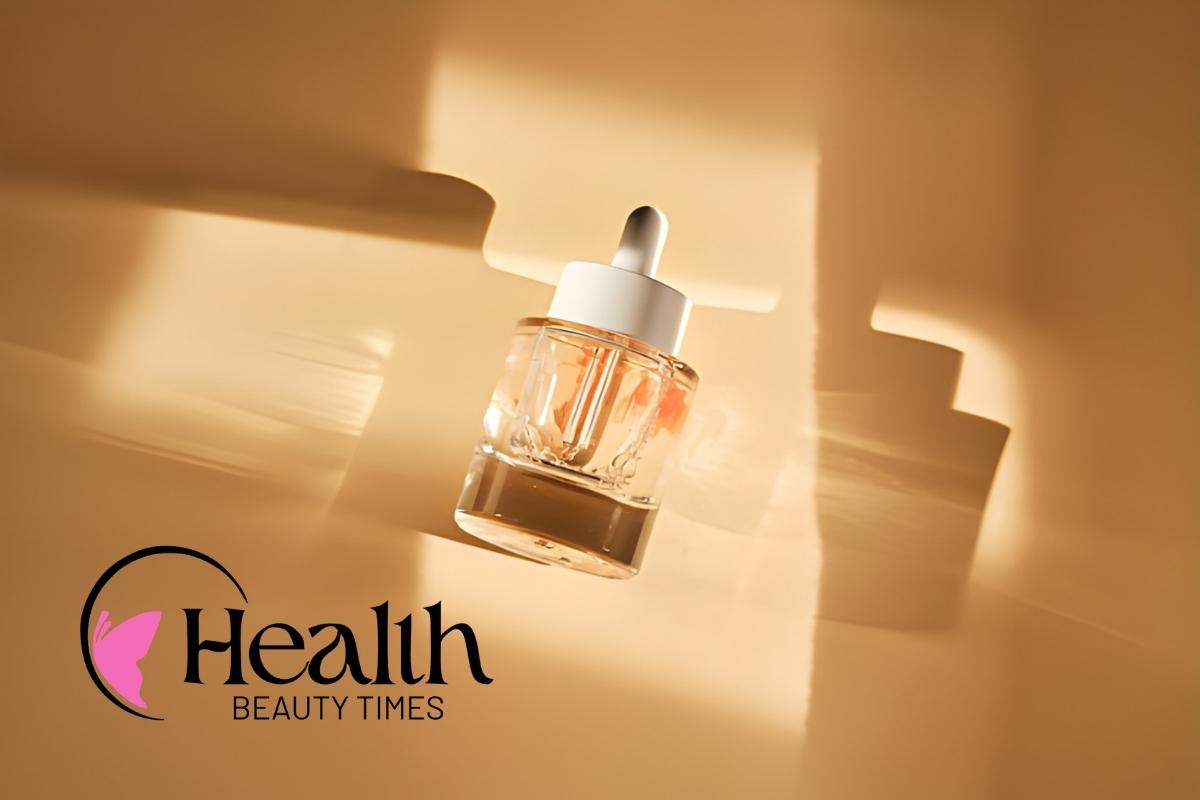Normal sperm color chart- Wondering if your sperm color is normal? You’re not alone in asking this important question. Men’s reproductive health and general well-being depend on knowing what makes up a typical sperm colour chart. Due to a number of factors, sperm colour can differ from person to person and can change over time. This comprehensive guide will help you identify healthy sperm colors, recognize potential warning signs, and understand when changes might indicate underlying health issues. By the end of this article, you’ll have the knowledge to assess your reproductive health with confidence.
What Does Normal Sperm Color Chart Look Like?
Normal, healthy sperm typically appears as a whitish-gray or slightly yellowish fluid. The color comes from proteins and enzymes produced by the prostate gland and seminal vesicles. Fresh sperm usually has a translucent quality with a pearl-like appearance.
The consistency should be somewhat thick but not overly viscous. Within 15-30 minutes after ejaculation, healthy sperm naturally liquefies, becoming more watery in texture. This liquefaction process is completely normal and actually helps sperm mobility.
Several factors can influence the shade of normal sperm color. Diet, hydration levels, frequency of ejaculation, and overall health all play roles. Men who ejaculate less frequently may notice slightly yellower sperm due to longer storage time in the reproductive system.
Age can also affect sperm appearance. Younger men often have clearer, more translucent sperm, while older men may experience slightly more opaque or yellowish coloring. changes are typically within the normal range.
Why does semen color change and what does it mean?
Semen is an important part of the male reproductive system. Semen contains sperm, but it is a complex liquid that contains other substances, including:
- vitamins
- enzymes
- minerals
- proteins
- antioxidants
- sugars
Normal, healthy semen will be a cloudy white or gray liquid consistent with a raw egg or a runny jelly. It will also have an alkaline smell comparable to bleach.
diiference in semenTrusted Source content may slightly alter these characteristics. The semen may also differ as it mixes with other things in the seminal fluid.
Which can include blood, pus, urine, or other liquids within the reproductive system or urethra.
Complete Sperm Color Chart and Meanings
Understanding different sperm colors helps identify what’s normal versus potentially concerning. Lets see a comprehensive sperm color chart breakdown:
Clear : Defines low sperm count or frequent ejaculation. While not necessarily unhealthy, it might suggest fertility concerns if trying to conceive.
White to Off-White: It is the most common healthy sperm color. This indicates normal protein content and healthy reproductive function.
Slightly Yellow: Often normal, especially after longer periods without ejaculation. The yellow tint comes from flavins and other compounds that accumulate over time.
Dark Yellow or Green: May indicate an infection, particularly if accompanied by unusual odor, burning, or pain. This warrants medical evaluation.
Brown or Red-Tinged: Suggests the presence of blood, which could indicate injury, infection, or other medical conditions requiring immediate attention.
Gray: Can be normal but might indicate certain health conditions if persistent or accompanied by other symptoms.
When Sperm Color Changes: Causes and Concerns
Temporary sperm color changes are often harmless and result from lifestyle factors. Food Diet plays important role – foods high in sulfur like garlic and onions can temporarily affect color and smell. Certain medications, supplements, and vitamins may also cause temporary discoloration.
Dehydration commonly leads to more concentrated, yellowish sperm. Increasing water intake usually resolves this within a few days. Likewise, infrequent ejaculation naturally causes more yellow coloring due to longer storage time.
However, persistent color changes may indicate underlying health issues. Infections of the reproductive system can cause green, yellow, or cloudy appearances. Sexually transmitted infections, prostatitis, or epididymitis often present with color changes alongside other symptoms.
Blood in sperm, appearing as brown, red, or pink coloring, should never be ignored. While sometimes caused by minor injuries, it can also indicate more serious conditions like infections, stones, or rarely, cancer.
Certain medical treatments, including some antibiotics, blood thinners, and chemotherapy drugs, can temporarily alter sperm color. Whenever you start taking new medications you should discuss with healthcare provider.
How to Maintain Healthy Sperm Color Naturally
Maintaining normal sperm color starts with overall health optimization. Staying well-hydrated is crucial – aim for 8-10 glasses of water daily to prevent concentration-related color changes.
A maintained diet rich in antioxidants supports reproductive health. Include plenty of fruits, vegetables, nuts, and lean proteins. Zinc-rich foods like oysters, pumpkin seeds, and lean meats specifically benefit sperm production and quality.
exercising regularly improves circulation and hormone balance, both important for healthy sperm production. However, avoid excessive heat from hot baths, saunas, or tight clothing, as elevated temperatures can affect sperm quality and appearance.
Limit alcohol consumption and Donot smoke, as both can negatively impact sperm health and color. Manage stress through healthy outlets like meditation, exercise, or hobbies, since chronic stress affects hormone production.
Practise good hygiene practices to prevent infections that could alter sperm color. This includes regular washing, wearing breathable underwear, also be safe during sex to avoid risk of sexually transmitted infections.
Warning Signs That Require Medical Attention
Certain sperm color changes warrant immediate medical evaluation. Persistent green or dark yellow coloring, especially with foul odor, burning during urination, or pelvic pain, suggests infection requiring treatment.
Any blood in sperm – appearing as brown, red, or pink coloring – needs prompt medical assessment. While often benign, it can indicate serious conditions requiring treatment.
Sudden, dramatic color changes that persist beyond a few ejaculations should be evaluated. This is particularly important if accompanied by pain, fever, or changes in urination patterns.
Consistently clear or very watery sperm might indicate low sperm count or other fertility issues. Men trying to conceive should discuss these observations with fertility specialists.
Foul-smelling sperm, regardless of color, often indicates bacterial infections. Don’t delay seeking treatment, as untreated infections can lead to complications affecting fertility and overall health.
If taking new medications coincides with color changes, consult prescribing physicians. Few of the medicines need to be monitored and adjustment if they affect reproductive health.
Conclusion
Understanding normal sperm color helps you monitor your reproductive health effectively. While variations in the normal sperm color chart are common and often harmless, persistent changes or concerning colors should prompt medical evaluation.
Remember that healthy lifestyle choices support normal sperm color and overall fertility.
FAQs
Q1: What is the most normal sperm color according to medical standards?
A1: Color ranges from whitish-gray to slightly yellow in Normal sperm. The typical healthy appearance is translucent white with a pearl-like quality, similar to raw egg white consistency.
Q2: Before seeing a doctor for sperm color changes how long should I wait?
A2: See a doctor immediately for blood in sperm or green coloring. For other changes, monitor for 1-2 weeks. If unusual colors persist beyond this timeframe, schedule a medical consultation.
Q3: Can diet really affect my sperm color naturally?
A3: Yes, proper diet significantly impacts sperm color. Temporarily change appearance in sperm can be due to intake of food with high in sulfur, artifical colors or certain supplements. A balanced diet with adequate hydration promotes normal coloring.
Q4: Is slightly yellow sperm always a cause for concern?
A4: No, slightly yellow sperm is often normal, especially after longer periods without ejaculation. But, if you see dark yellow or green colors may indicate infections and require medical evaluation.
Q5: Can sperm color affect fertility or conception chances?
A5: Sperm color itself doesn’t directly affect fertility, but underlying conditions causing color changes might. Normal colored sperm with good consistency generally indicates healthier reproductive function.






